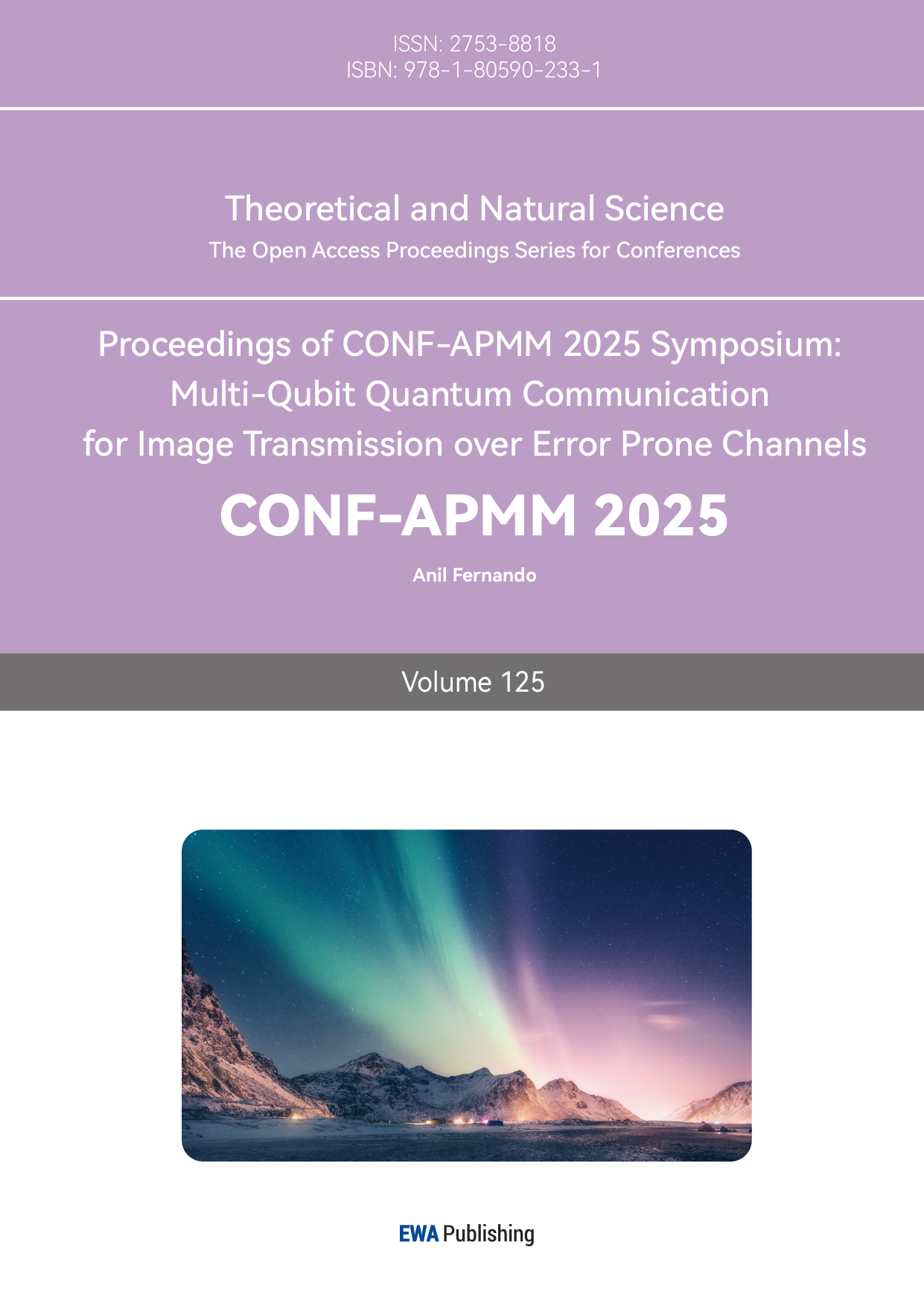References
[1]. Evgeny Milanov. (2009). The RSA Algorithm. RSA Laboratories, 1.11.
[2]. M. Guru Vimal Kumar and U. S. Ragupathy. (2016). “A Survey on Current Key Issues and Status in Cryptography.” In: IEEE WiSPNET Conference. doi: 10.1109/WiSPNET.2016.7566435.
[3]. Jon R. Lindsay. (2020). Surviving the Quantum Cryptocalypse. Strategic Studies Quarterly, 14(2): 49–73. https: //www.jstor.org/stable/26915277
[4]. P. W. Shor. (1994). Algorithms for Quantum Computation: Discrete Logarithms and Factoring. In: Proceedings of the 35th Annual Symposium on Foundations of Computer Science, pp. 124–134. doi: 10.1109/SFCS.1994.365700
[5]. Ruben Niederhagen and Michael Waidner. (2017). “Practical Post-Quantum Cryptography.” Fraunhofer SIT.
[6]. Ritik Bavdekar et al. (2022). “Post-Quantum Cryptography: Techniques, Challenges, Standardization, and Directions for Future Research.” arXiv preprint arXiv: 2202.02826.
[7]. Matthew Edward Briggs. (1998). “An Introduction to the General Number Field Sieve.” PhD Thesis, Virginia Tech.
[8]. Eric W. Weisstein. (2002). Number Field Sieve. MathWorld—A Wolfram Web Resource. https: //mathworld.wolfram.com/NumberFieldSieve.html
[9]. Matthew Hayward. (2008). “Quantum Computing and Shor’s Algorithm.” Technical Report No. 1, Macquarie University Mathematics Department, Sydney.
[10]. David Beckman, Amalavoyal N. Chari, Srikrishna Devabhaktuni, and John Preskill. (1996). “Efficient Networks for Quantum Factoring.” Physical Review A, 54(2), 1034–1063.
[11]. Jeffrey Hoffstein, Jill Pipher, and Joseph H. Silverman. (2008). An Introduction to Mathematical Cryptography. Springer, Vol. 1.
[12]. Daniel J. Bernstein and Tanja Lange. (2017). “Post-Quantum Cryptography.” Nature, 549(7671), 188–194.



